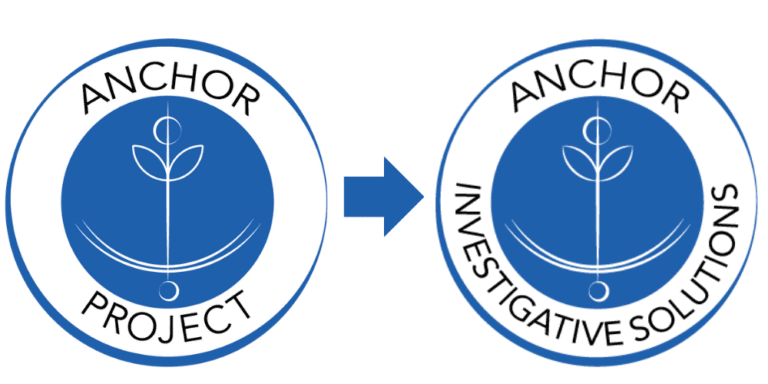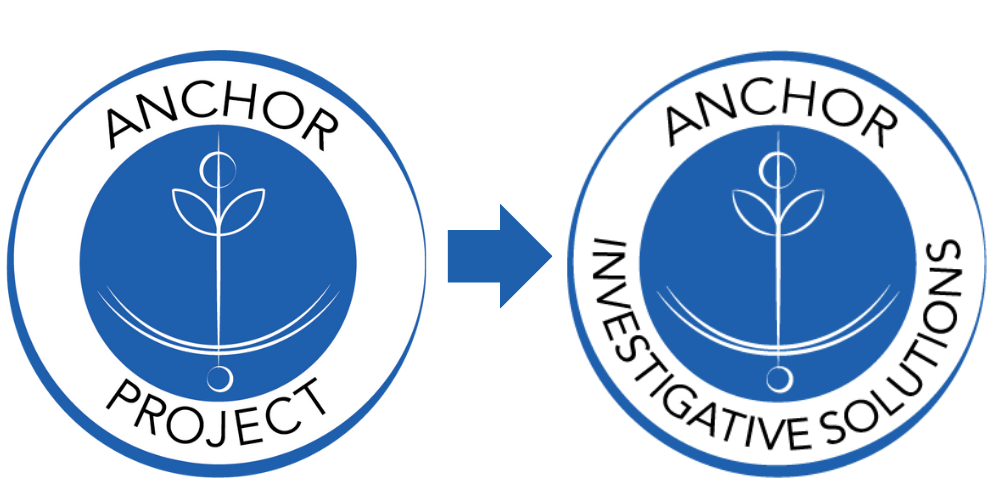Various forms of trafficking include, but may not be limited to:
Sex Trafficking:
Involves the recruitment, harboring, transportation, provision, or obtaining of a person for the purpose of a commercial sex act, in which the person is induced by force, fraud, or coercion, or in which the person is under the age of 18.
Labor Trafficking:
Involves the recruitment, harboring, transportation, provision, or obtaining of a person for labor or services through the use of force, fraud, or coercion for the purpose of subjection to involuntary servitude, peonage, debt bondage, or slavery-like practices.
Child Trafficking:
Children are vulnerable to trafficking, are trafficked for various purposes such as: sexual exploitation, forced labor, child soldiering, forced begging, or forced marriage.
Forced Marriage:
Involves coercing or deceiving individuals into marrying against their will. Victims may be children as well as adults, and may be linked to other forms of exploitation, such as sexual exploitation or forced labor.
Organ Trafficking:
Involves the trafficking of persons for the purpose of organ removal, often without their consent, for transplantation.
Domestic Servitude:
Forced to work in private homes, performing household tasks, childcare, or other domestic duties and may be isolated, have their movements restricted, and be subject to various forms of abuse.
Forced Begging:
Forcing individuals, including children, to beg on the streets, exploiting their vulnerability for financial gain.
Child Soldiering:
Recruitment, abducted, or forced to serve as soldiers or combatants in armed conflicts, where they may be subjected to violence, exploitation, and abuse.
Agriculture:
Farmworkers subjected to labor trafficking, especially in regions with large agricultural industries and migrant worker populations.
Construction:
Construction site workers being subjected to exploitative labor conditions.
Hospitality:
Hotels, restaurants, sports, and entertainment venues may employ trafficked individuals as housekeeping, food service, or front desk staff.
Domestic Work:
Forced to work in private households, performing cleaning, cooking, childcare, and eldercare tasks.
Manufacturing:
Factories and sweatshops in garment manufacturing, electronics assembly, and textiles may employ trafficked individuals in exploitative labor conditions.
Fishing and Seafood Processing:
Those involved in fishing, processing, and packaging seafood, may be vulnerable to labor trafficking in regions with lax regulation and oversight.
Mining and Natural Resources:
Mining, logging, and quarrying extractive industries may involve trafficked individuals working in hazardous conditions for little or no pay.
Domestic Servitude:
Performing household chores and caregiving duties in private homes with little to no pay and restricted freedom of movement.
Textile and Garment Industry Factories:
Involved in the production of textiles, garments, and footwear may employ trafficked individuals in large manufacturing sectors and weak labor protections.
Crimes commonly associated with human trafficking may include but not be limited to:
Recruitment, Transportation, or Harboring of Persons:
Involves the recruitment, transportation, transfer, harboring, or receipt of persons, by means of threat, coercion, abduction, fraud, deception, or abuse of power, for the purpose of exploitation.
Forced Labor:
Involves forcing to work under threat or coercion, often in sectors such as agriculture, construction, domestic work, manufacturing, or the sex industry. The victims typically receive little or no pay and are unable to leave.
Sex Trafficking:
Involves the recruitment, harboring, transportation, provision, or obtaining of a person for the purpose of a commercial sex act, in which the commercial sex act is induced by force, fraud, or coercion, or in which the person induced to perform such an act has not attained 18 years of age.
Bonded Labor or Debt Bondage:
Involves forcing to work to pay off a debt, often under conditions that are exploitative and inhumane. The debt is often inflated, and the victims find themselves in a cycle of debt that they cannot escape.
Child Labor:
Involves trafficked children who are forced to work in various industries under exploitative conditions, including agriculture, mining, manufacturing, and the commercial sex industry.
Organ Trafficking:
Involves exploitation for the purpose of organ removal, where their organs are forcibly harvested and sold on the black market.
Document Fraud and Identity Theft:
Involve falsifying documents or theft of victims’ identities to facilitate movement across borders or to maintain control over them.
Money Laundering:
Conceal the proceeds of criminal activities by attempting to legitimize ill-gotten gains.
Sexual Assault and Rape:
Sexual violence and abuse by traffickers and clients.
Psychological Abuse and Manipulation:
Involved to control victims, including threats, intimidation, isolation, and manipulation.
Child Exploitation:
Child exploitation can take many forms and affect youth of any age, race, geographic location, or socioeconomic status. Victimization can take place directly on school grounds as well as through online or social media platforms, which can be sites for predatory behaviors and interactions with malicious actors who target children and adolescents (e.g., adults seeking to sexually exploit children, to financially extort them through the threat or actual distribution of intimate images), and victimized students may suffer physical, mental, and emotional trauma.
Illegal Drugs Can Be Involved With Human Trafficking:
Drug Trafficking as a Source of Funds: Traffickers may engage in drug trafficking to finance their human trafficking operations. The profits from drug sales can be used to recruit, transport, and exploit victims.
Coercion and Control through Drug Addiction: Traffickers may use drugs to control their victims. For example, they may force victims into drug addiction as a means of control, making them dependent on the trafficker for drugs and less likely to escape.
Transportation: Human traffickers sometimes transport drugs along with their victims, hiding drugs in luggage, vehicles, or other belongings to avoid detection by authorities.
Criminal Networks: Both drug trafficking and human trafficking often involve complex criminal networks. Traffickers may be involved in multiple illegal activities, including drug smuggling and distribution, as well as human trafficking.
Intersection in Illegal Markets: In some regions, there is overlap between markets for illegal drugs and markets for trafficked persons. Criminal organizations involved in one illicit activity may also be involved in the other.
Complicity of Victims: In some cases, victims of human trafficking may be coerced or forced into participating in drug trafficking activities as part of their exploitation.
Virginia is far behind in addressing human trafficking.
Statistics for VA
In 2024, there are NO statistics in Commonwealth of Virginia on Human Trafficking. From 2019-2023 there was data gathering that was conducted by VA department of Criminal Justice, it was for sex trafficking arrests only.
In order for our citizens to understand Human Trafficking in our state, we need a Prevalence study that is broken down in categories such as Reports, Investigations, Arrests, Prosecutions, Convictions, Sentencing and Plea bargains which is what is needed to address the issue in detail. This would give Virginia estimates of all types of trafficking occurring in our state broken down by major categories like Sex Trafficking, Labor Trafficking, Domestic or International, Adults or Children, Males or Females.
Myths About Human Trafficking
- The most pervasive myth about human trafficking is that it often involves kidnapping or physically forcing someone into a situation. Most traffickers use psychological means such as tricking, defrauding, manipulating or threatening victims into providing commercial sex or exploitative labor.
- Victims do not know their trafficker; However, many survivors have been trafficked by romantic partners, spouses and by family members, including parents.
- Victims can leave if they want to, However, victims do not always see themselves as victims during trafficking — they have been manipulated to believe it is their choice. The emotional ties, financial and basic needs are often what restrain a victim from leaving. There may also be threats against loved ones if they do not comply.
Traffickers span all racial, ethnic and gender demographics and are as diverse as survivors. Some use their privilege, wealth, and power as a means of control while others experience the same socio-economic oppression as their victims.

